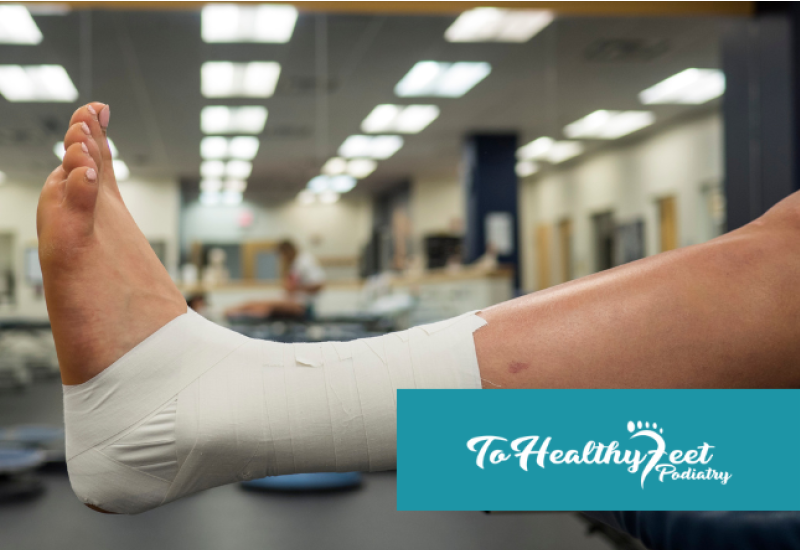Diagnosing And Treating Morton’s Neuroma
What Causes Morton’s Neuroma
The cause of Morton’s neuroma is a damaged or irritated nerve, usually between the third and fourth toes. Common causes of this nerve damage include:
- Congenital foot problems
- Pressure on the ball of the foot during certain sports and activities
- Improper, ill-fitting footwear
- Abnormal foot shape such as flat feet or high arches
- Other podiatric foot conditions such as hammertoe and bunions
How Is Morton’s Neuroma Diagnosed?
To diagnose Morton’s neuroma, your podiatrist will examine your foot to determine if there is a mass between the toes (the inflamed nerve). They may also manipulate your foot and apply pressure to determine the precise location of the pain. Most of the time this is sufficient to diagnose Morton’s neuroma. In some cases, your podiatrist may want to rule out other conditions such as a stress fracture and arthritis with an X-ray or may recommend an ultrasound or MRI to confirm Morton’s neuroma.
Treatment Options For Morton’s Neuroma
While you wait to see your podiatrist, you can try these at-home options to reduce your pain:
- Choose footwear that fits: Avoid tight, pointy-toed shoes and shoes with heels, opting instead for roomy and supportive footwear.
- Use over-the-counter insoles: These inserts may relieve pressure on the bottom of your foot and provide comfort.
- Ice your foot: Ice may reduce swelling and pain.
- Rest and massage: Get off your feet and try gentle massage to reduce pain.
The first course of treatment your podiatrist will recommend is steroid injections and anti-inflammatories in an effort to reduce the swelling and irritation of the nerve and minimize pain. If this does not work, your podiatrist may recommend surgery to treat Morton’s neuroma. There are two types of surgery to treat the neuroma:
- Excision Surgery: This traditional surgical intervention is called a neurectomy and will remove the thickened, diseased nerve tissue.
- Minimally Invasive Cryosurgery: This new and advanced surgical option uses extreme cold to destroy the damaged nerve sheath, leaving the healthy nerve tissue intact and able to regenerate. This surgery is virtually painless and requires very little recovery time. To learn more about this treatment, read Minimally Invasive Cryosurgery To Treat Morton’s Neuroma.
Options To Treat Morton’s Neuroma With Manhattan’s Top NYC Podiatrists
If you are experiencing pain between your toes or in the ball of your foot, or you often feel like you have a pebble beneath your foot, you may have Morton’s Neuroma. The team of expert NYC podiatrists at To Healthy Feet in Manhattan can diagnose your Morton’s neuroma and customize a treatment plan to get you back on your feet. Learn more about the option to treat your Morton’s neuroma with minimally invasive surgery here.
If you are experiencing pain due to Morton’s neuroma or any other foot or ankle condition pain, call To Healthy Feet Podiatry at 1-917-398-3668 or fill out the contact form to book your appointment at our Upper East Side, Times Square, Midtown Grand Central, or Downtown Wall Street locations today.
FAQ
Q: Will the neuroma come back after surgery?
A: No, the neuroma will be destroyed, however, it is possible for new nerves to form and become irritated.
Q: What shoes should I wear to avoid Morton’s neuroma pain?
A: If you have a neuroma you should avoid tight, narrow, or pointed shoes that put stress on the forefoot. These types of shoes can squeeze the bones near the neuroma closer together and cause pain.
Q: How long does cryosurgery for Morton’s neuroma take?
A: This procedure is incredibly fast, typically just 20 minutes, it does not require general anesthesia, and you will likely be able to resume your normal activities in just a few days.




